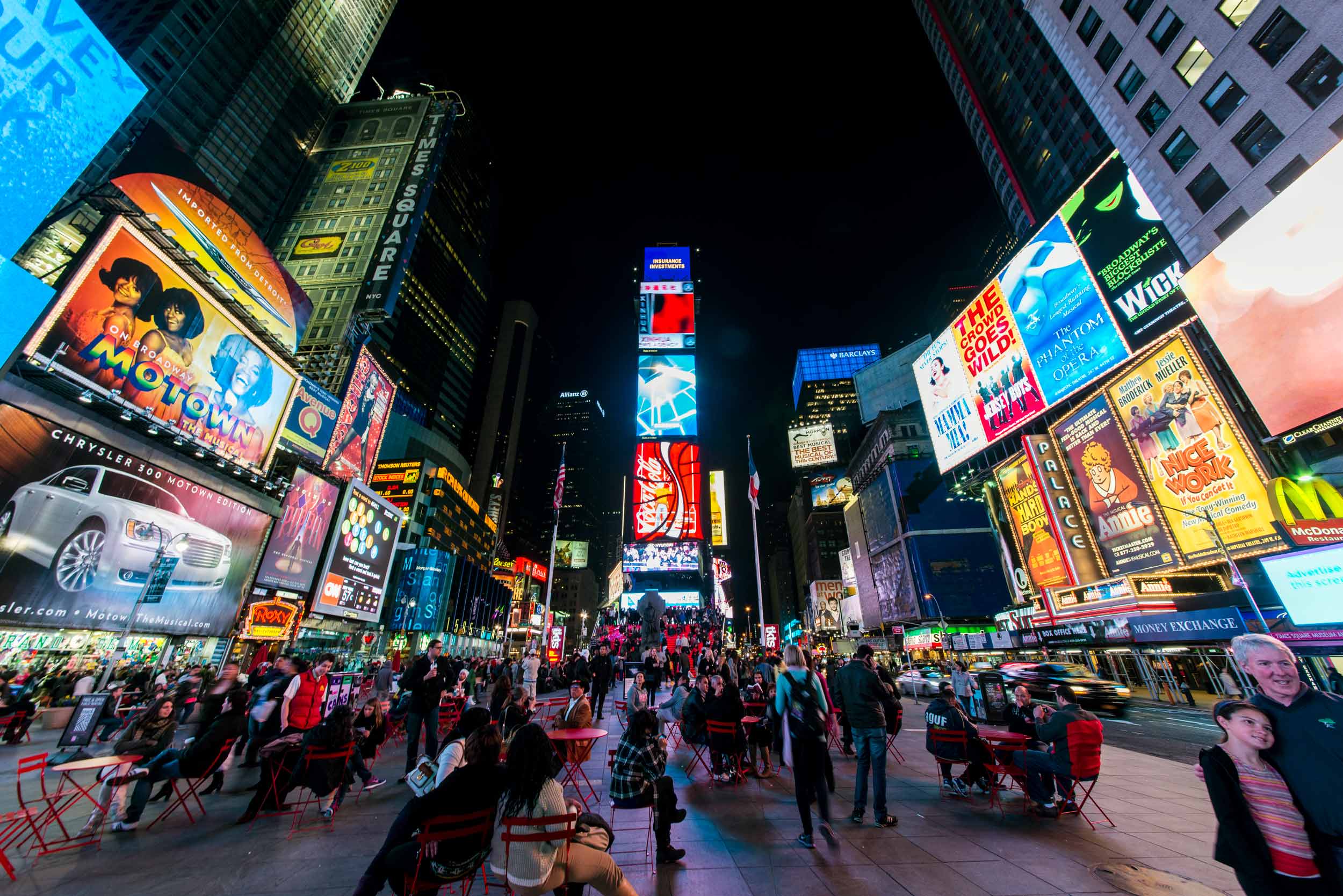Times Square Economic Impact Analysis & Retail Strategy
HR&A Partners led New York City and State efforts to reinvigorate Times Square, and begin the process of building its strong brand.
Following World War II, through the 1980s, Times Square, while the heart of New York City’s entertainment district, suffered from crime, urban decay, pornography, social disaffiliation and general economic deterioration. Today, Times Square is the nation’s best example of the successful transformation of a symbol of urban decay into a world class center for entertainment.
HR&A conducted the first economic impact analysis of Times Square on the New York City economy since its transformation in 2007.
Beyond measuring traditional impacts, HR&A quantified how Times Square promotes the City to the world by serving as a tourist destination, global headquarters, premier public gathering space and prime event location. The Times Square Alliance used the study to engage in the City’s PlaNYC process, securing the district’s future as one New York’s most important public spaces and vibrant mixed-use neighborhoods. In 2011, HR&A completed an update of the 2007 impact analysis.
HR&A Partner Kate Coburn created a comprehensive retail strategy for Times Square.
Working with the Times Square Alliance, Kate developed a strategy to diversify the retail tenant mix in the Times Square area extending retail and restaurant opportunities to Eighth Avenue. She created an implementation plan to attract new tenants to the area, outlining a marketing strategy that included public relations, retailer outreach, outreach to area landlords and broker contacts.
